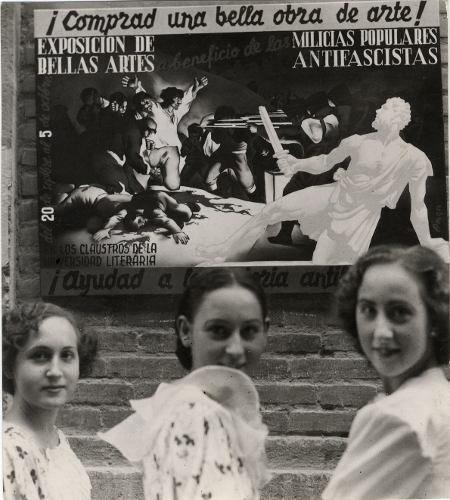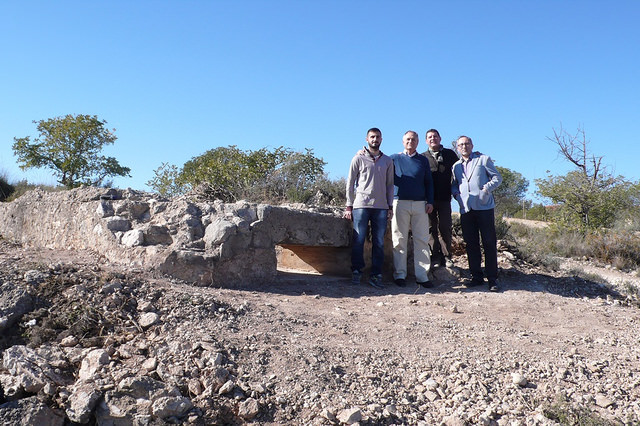
The 2nd Spanish Republic was a period of an intense social, political and cultural activity in the Valencian Country. The “1st Event of Archaeology and battlefields in Castellon lands” is the archaeologic testimony of the war processes that occurred in Castellon throughout history. “Everything is to be done. València, capital city of the Republic (1936-37)” gathers up experiences of a capital in a tumultuous capital due to the political, social and cultural prominence of that period.
18 november 2016
With no doubt, the 2nd Spanish Republic and the Spanish Civil War were periods of a great political and change activity in all Spain. The Valencian Country, specially played an important role since it was seat of demonstrations, gatherings, assemblies, conferences, meetings and bloody battles and bombing. Not in vain, Valencia was proclaimed capital of the 2nd Spanish Republic at the beginning of November of 1936. And the region of Castellon, was the scenario of many violent confrontations over the centuries, from the Spanish Independence War until the Spanish Civil War.
In these sense, the Fine Arts Museum of Castellon hosted the “1st Event of Archaeology and battlefields in Castellon lands” the last weekend. Conferences didn’t offered just an objective vision of old combats, but they also enhance the value of the environment where it happened. In fact, the past of mountain areas and inland small towns could become the dynamic element for its cultural and touristic attraction. Following other western countries’ footsteps, like Belgium or France, which offer guided tours of the battlefields in Waterloo or Normandy, Castellón could also produce a powerful economic activity in regard to its historical and cultural heritage.
The Valencian Country specially played an important role since it was seat of assemblies, conferences, meetings and bloody battles and bombing.
 On the other hand, La Nau Cultural Centre of the UV has held the exhibition “Tot està per fer. València capital de la República” since 7 November. The display is commissioned by Mireia Ferrer (of the Department of Art History of the UV), Toni Morant and Javier Navarro (of the Department of Contemporary History of the UV). Furthermore, Ferrer and Navarro are professors of the official Master's Degree in Cultural Heritage: Identification, Analysis and Management.
On the other hand, La Nau Cultural Centre of the UV has held the exhibition “Tot està per fer. València capital de la República” since 7 November. The display is commissioned by Mireia Ferrer (of the Department of Art History of the UV), Toni Morant and Javier Navarro (of the Department of Contemporary History of the UV). Furthermore, Ferrer and Navarro are professors of the official Master's Degree in Cultural Heritage: Identification, Analysis and Management.
After 80 years since the declaration of the Cap i Casal as capital of the 2nd Spanish Republic on 7 November 1936, the exhibition shows the city of Valencia during a tumultuous war period and approaches the observer to the dynamic politics, the cultural action or the multiple dimensions of daily life during wartime. In this way, the display connects past, present and future within a story of a daily life being assaulted by a significant event in the collective history. Dedicated to every person who went through this experience with excitement, fear or hope, the exhibition will be available in the Acadèmia Room at La Nau Cultural Centre of the UV until 19 February.








